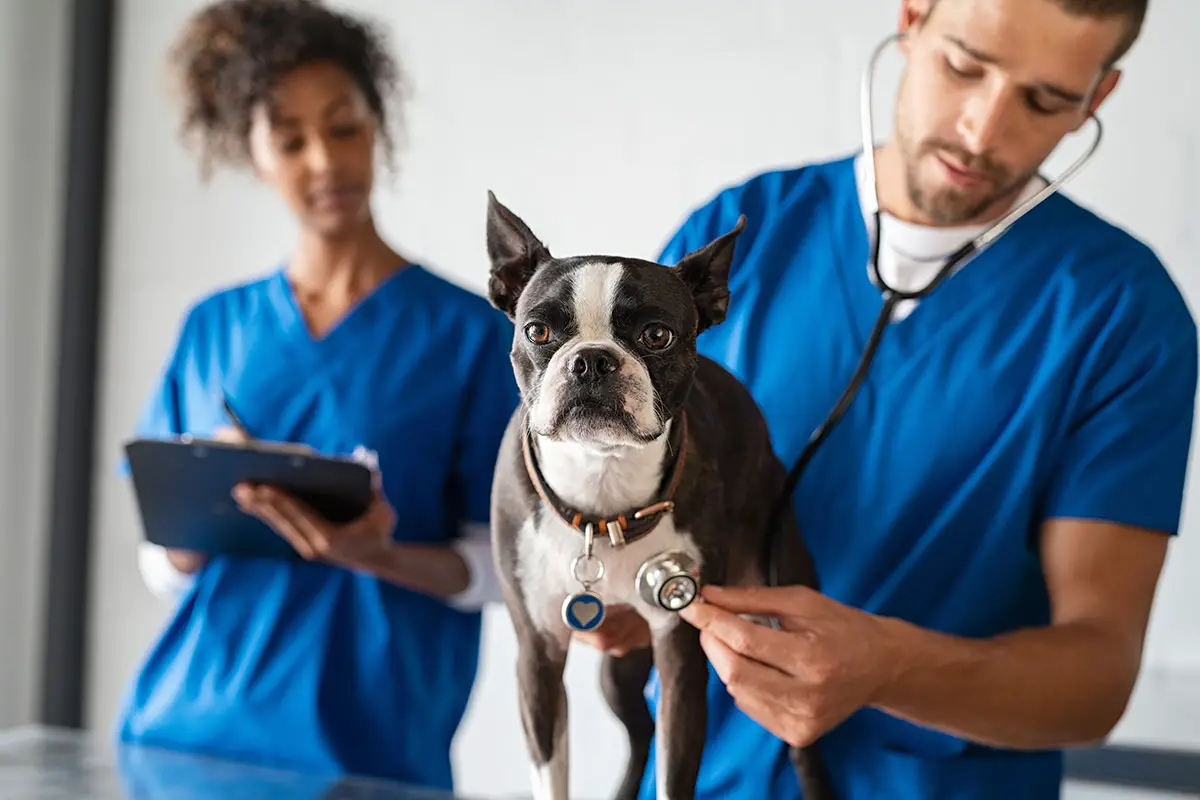What To Expect After A Dog Enema
A dog enema is usually performed by a veterinarian in order to relieve constipation or remove toxins from the bowels. The procedure is simple and involves inserting a tube into the dog’s rectum and filling the rectum with fluid.
After the enema, it is normal for your dog to have an increase in bowel movements. This is because the enema stimulates the bowel to contract and expel the fluid. It is also normal for your dog to be tired and sleepy after the procedure.
What is an enema?
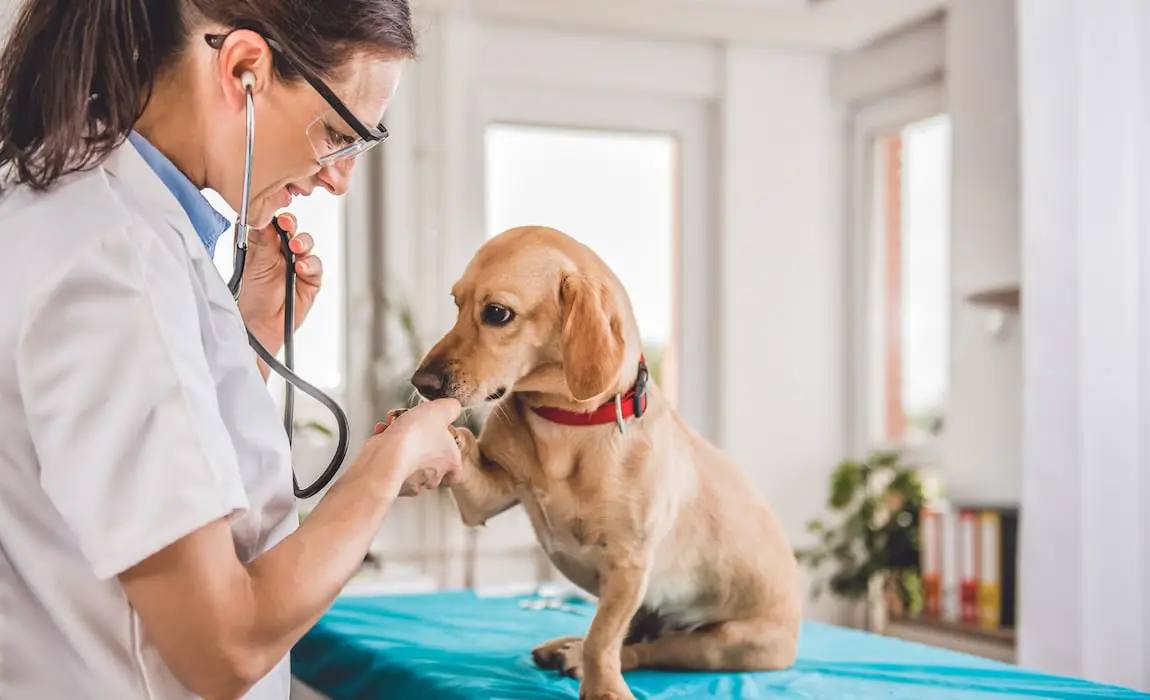
An enema is a procedure where fluid is injected into the rectum and colon in order to flush out the bowels. This is typically done when an animal has constipation or diarrhea. After the enema is given, the animal will usually defecate within minutes.
Why do dogs need enemas?
Many people are surprised to learn that dogs need enemas on a regular basis. Enemas help keep the colon clean and free of toxins. They also help to prevent constipation and other digestive problems.
Dogs need enemas for the same reason that humans do – to clear out the bowels and avoid constipation. Enemas can also help to relieve gas, bloating, and other digestive discomfort.
While some dog owners may feel comfortable giving their dog an enema at home, it is always best to consult with your veterinarian first. They can provide you with detailed instructions and make sure that you are using the proper equipment.
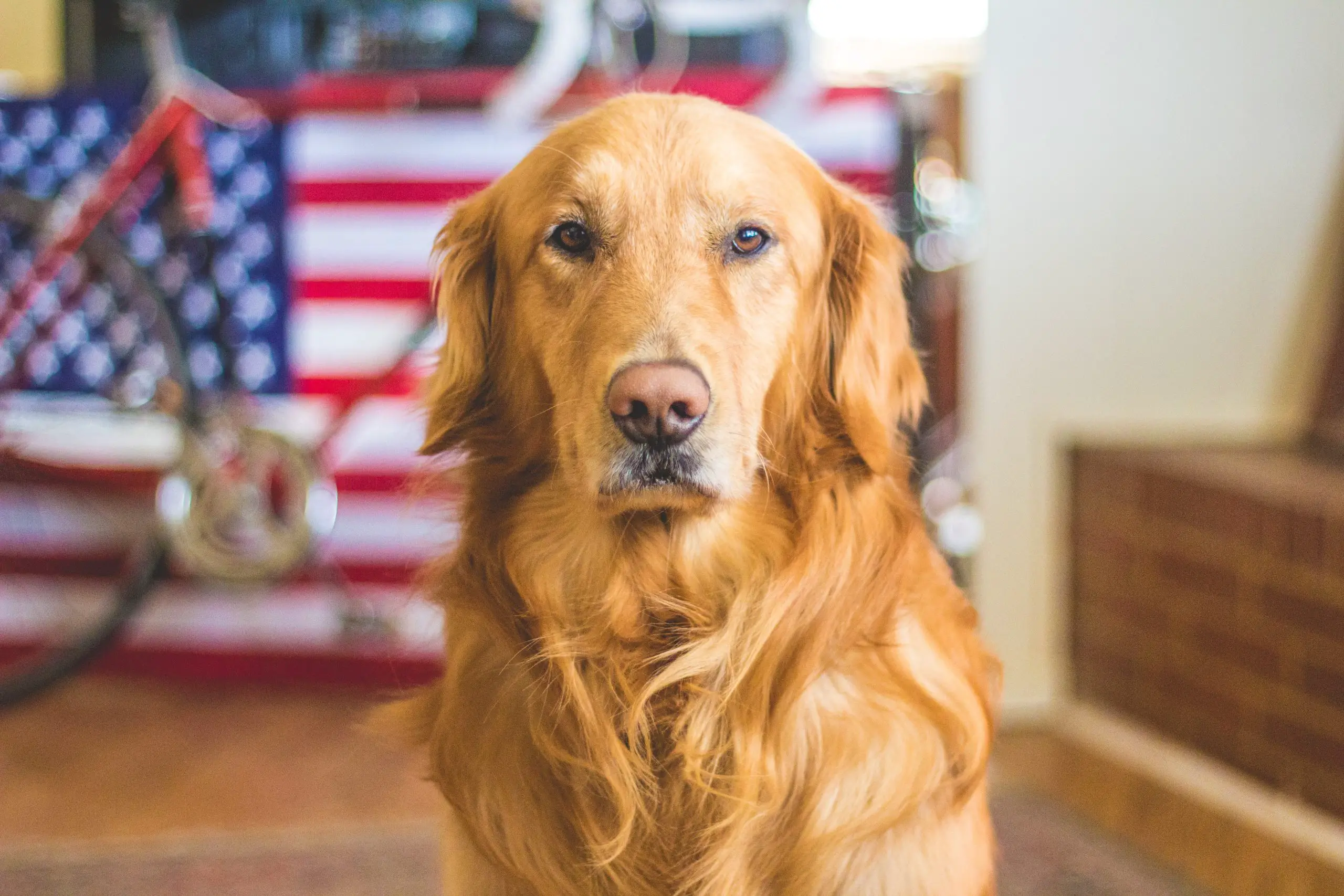
How to prepare your dog for an enema
An enema is a medical procedure used to flush out the contents of the large intestine. It is a common treatment for constipation and other bowel problems.
Enemas are safe and effective, but they can be uncomfortable for your dog. To make the experience as smooth as possible, there are a few things you can do to prepare your dog for an enema:
1. Choose the right time: Enemas can be stressful for dogs, so it’s important to choose a time when your dog is relaxed and not likely to be distracted or agitated. A quiet time at home after a walk or playtime is usually best.
2. Get everything ready: Have all of the supplies you’ll need – including an enema kit, lubricant, and towel – within easy reach before you start. This will help you avoid any last-minute scrambling.
3. Explain what’s happening: Dogs are smart, and they can sense when something unusual is about to happen. Take a few moments to explain the process to your dog in simple terms, letting them know that it will help them feel better.
4. Be gentle: The enema process can be uncomfortable, so go slowly and be as gentle as possible. Talk soothingly to your dog throughout, and give them plenty of breaks if they seem tense or anxious.
The enema procedure
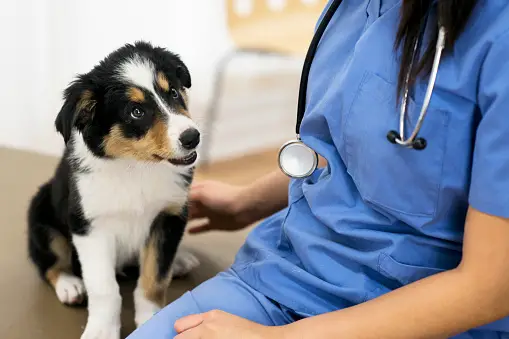
An enema is a procedure in which liquid is injected into the rectum and colon through the anus. The liquid helps to soften the stool and make it easier to pass. Enemas are typically used when other methods of bowel cleansing, such as oral laxatives, have not worked.
Enemas are safe and relatively easy to do at home. However, there are a few things you should keep in mind before you start:
-Make sure you use filtered water. Tap water may contain bacteria that can cause infections.
-Only use lukewarm water. Water that is too hot or too cold can irritate the lining of the rectum and colon.
-Do not use soap or any other cleansing agent in the water. Soap can also irritate the lining of the rectum and colon.
-Make sure the equipment you use is clean. You don’t want to introduce any new bacteria into your system.
To administer an enema, you will need:
-A clean enema bag or kit (available at most drugstores)
-A lubricant such as KY Jelly (this makes it easier to insert the nozzle into your anus)
-A towel (to protect your clothing from any leaks)
-Some privacy!
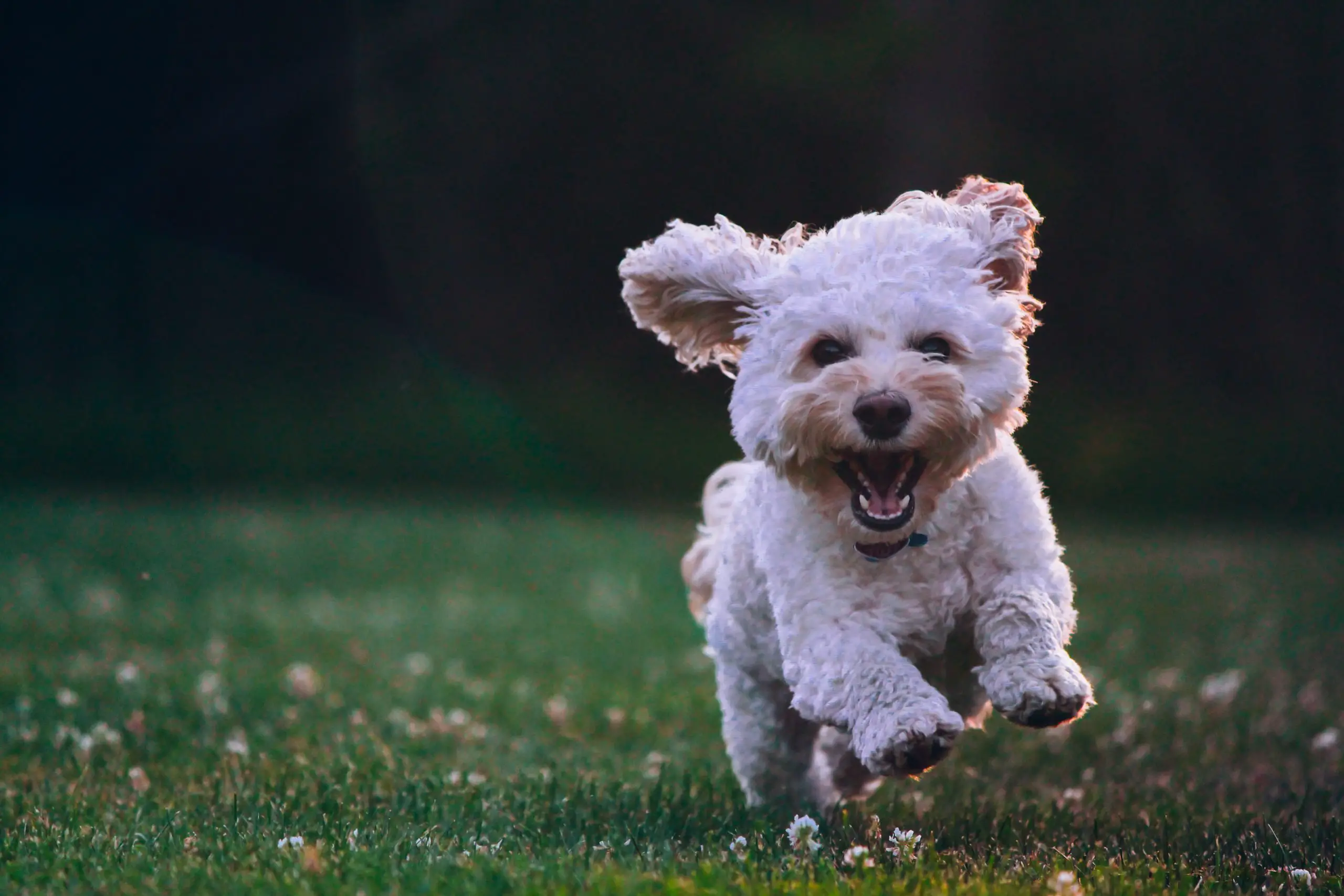
Here’s how to do it:
1) Apply lubricant to the nozzle of the enema bag or kit. This will help reduce discomfort when inserting the nozzle into your anus.
After the enema
After the enema, your dog may need to stay at the vet for observation. This is because there is a risk of dehydration and electrolyte imbalances from the fluid loss. Your dog will also need to urinate frequently to expel the remaining fluid from their system.
Final Thoughts
After a dog enema, your dog may be feeling better within minutes. However, it is important to monitor your dog for any potential side effects or complications. If you have any questions or concerns, please contact your veterinarian.

